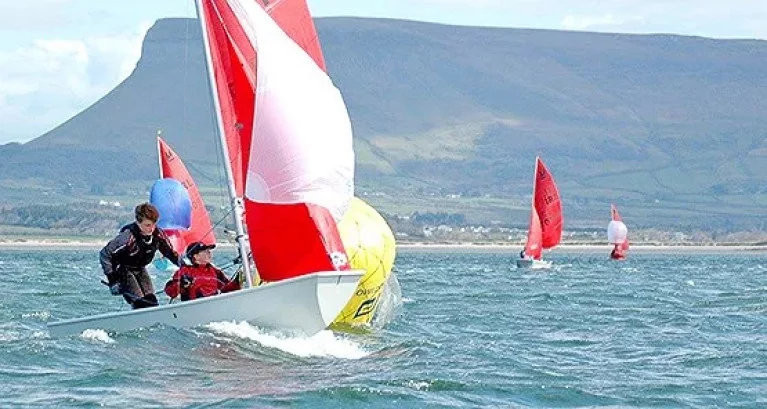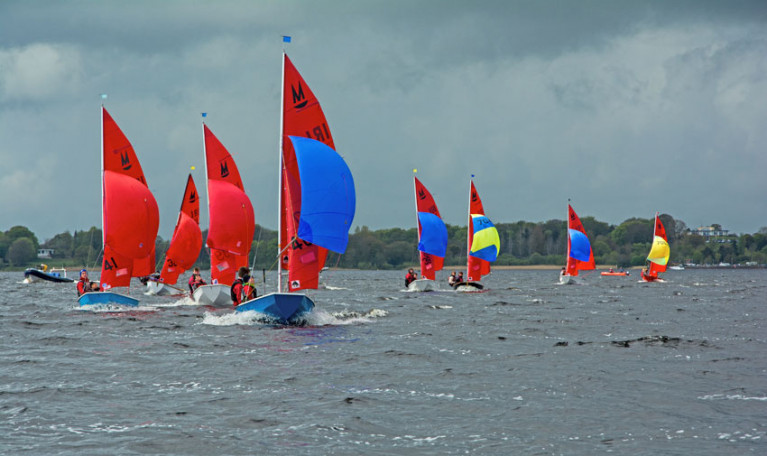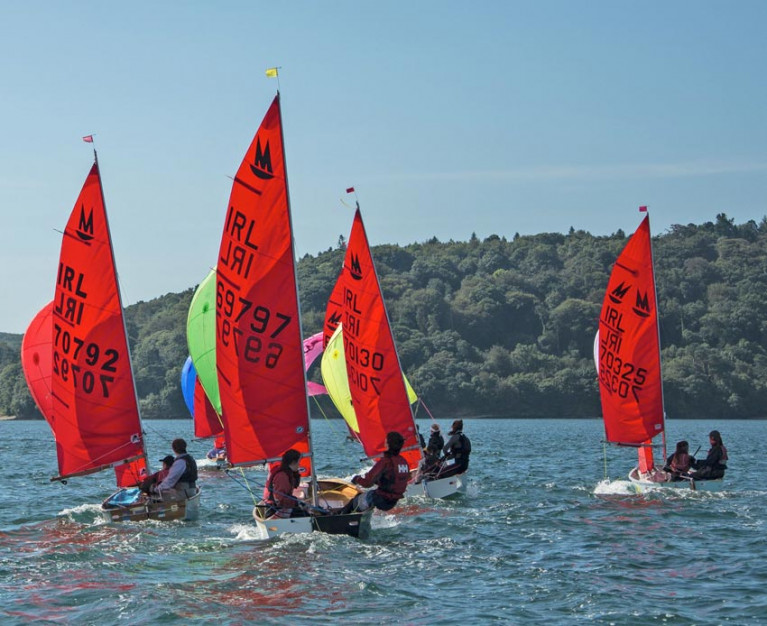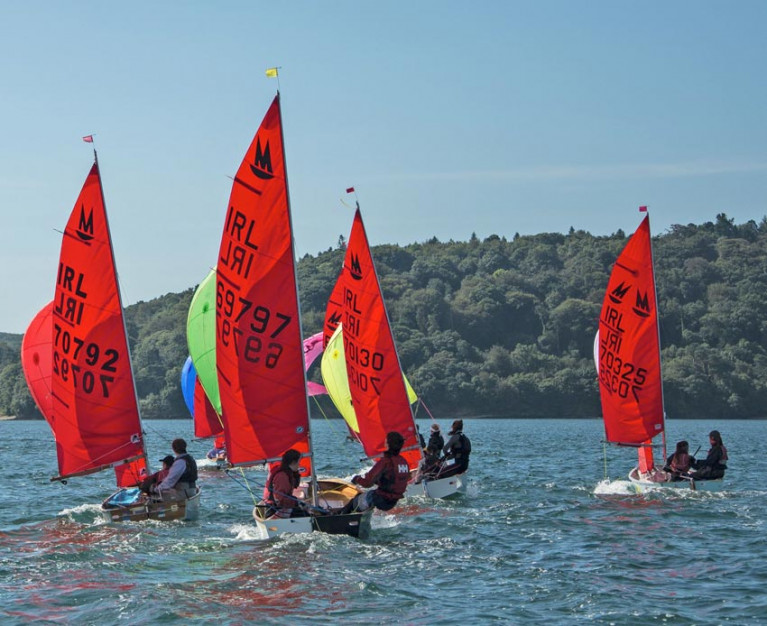Displaying items by tag: Mirror Sailing Ireland
Mirror Sailing Ireland Seeks Race-Ready Dinghies for 2023 Charters
With the 2023 Mirror Worlds coming to Sligo Yacht Club this July, Mirror Sailing Ireland has issued an appeal for race-ready Mirror dinghies to charter to visiting sailors from abroad.
“With shipping costs still very high, we have a number of sailors who are hoping you may have a Mirror lying unused that you would like to see hit the water again,” the class body says.
If you can be of any assistance in this regard, get in touch with Emmet Duffy at 086 852 3230 or [email protected].
Following the recent easing of COVID-19 restrictions, Mirror Sailing Ireland has published a revised 2021 events calendar for this summer and autumn.
First up are the Mirror Northerns at Lough Ree Yacht Club on the weekend of 12-13 June.
They will be followed at the end of the month (26-27 June) by the Mirror Easterns hosted at Blessington Sailing Club.
July will see the Mirror Westerns contested out of Galway Bay Sailing Club on the weekend of the 24th and 25th.
Lough Derg Yacht Club will host the Mirror Southerns on 18-19 September.
And the Mirror Nationals will take place from 20-22 August at Sligo Yacht Club.
As previously reported on Afloat.ie, the Mirror Worlds previously scheduled for August in Sligo have been postponed due to concerns over travel restrictions.
New Dates Announced For Mirror Nationals & Easterns
New dates have been announced for the Mirror Nationals and Eastern regional championships by Mirror Sailing Ireland following this summer’s disruption to the schedule amid the coronavirus pandemic.
Sligo Yacht Club, host venue for next year’s Mirror Worlds, will welcome youth sailing competitors for racing over the weekend of 15-16 August, with a practice race and free boat time on Friday 14 August. Further details will follow on the Facebook event page HERE.
Meanwhile, the Eastern regionals are now scheduled to take place on 19-20 September at Blessington Sailing Club. However a date is still pending for the Mirror Southerns at Lough Derg Yacht Club.
Previously it was confirmed that Lough Ree Yacht Club will host the Mirror Northerns on the weekend of 29-30 August, while the Mirror Westerns have moved to 3-4 October at Galway Sailing Club.
Mirror Northerns Move From This Weekend To End Of August
Mirror Sailing Ireland has announced new dates in August for the Northern regionals that were due to take place this weekend, 18-19 July.
Lough Ree Yacht Club will now host the Mirror Northerns on the weekend of 29-30 August as part of the Double Ree events.
Previously it was confirmed that the Mirror Westerns have moved to 3-4 October at Galway Bay Sailing Club.
Meanwhile, a date is still pending for the Mirror Southerns at Lough Derg Yacht Club as well as other events on the calendar disrupted by the coronavirus pandemic.
Mirror Westerns At Galway Bay Postponed To October
Mirror Sailing Ireland has postponed another event in its summer regionals calendar amid the current Covid-19 disruption.
The Mirror Western Championships, which had been scheduled for the weekend of 6-7 June at Galway Bay Sailing Club, will now take place on 3-4 October.
It follows last month’s postponement of the Mirror Southerns at Lough Derg Yacht Club, previously set for 2-3 May but which will now take place on a weekend yet to be determined.
Mirror Sailing Ireland Postpones First Regional Event Of 2020
Mirror Sailing Ireland has confirmed that the class’ first regional event of the year, the Mirror Southerns at Lough Derg Yacht Club which has been scheduled for the weekend of 2-3 May, is now postponed due to Covid-19 restrictions.
A new date for this event will be advised when possible. The rest of the 2020 sailing calendar is as follows but will continue to be reviewed over the weeks ahead:
- 6-7 June: Mirror Westerns, Galway Bay Sailing Club
- 18-19 July: Mirror Northerns, Lough Ree Yacht Club
- 14-16 August: Mirror Nationals, Sligo Yacht Club
- 29 August: O’Dowd Cup, Mullingar Sailing Club
- 12-13 September: Mirror Easterns, Blessington Sailing Club































































